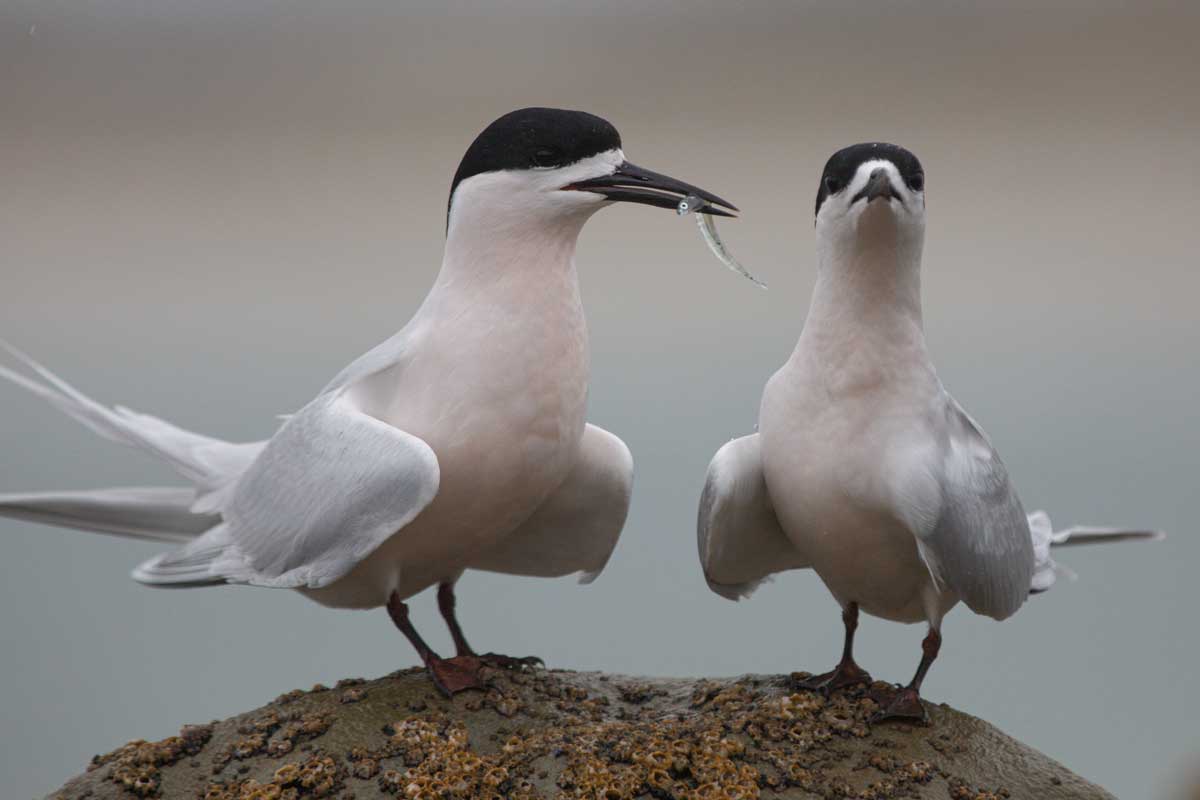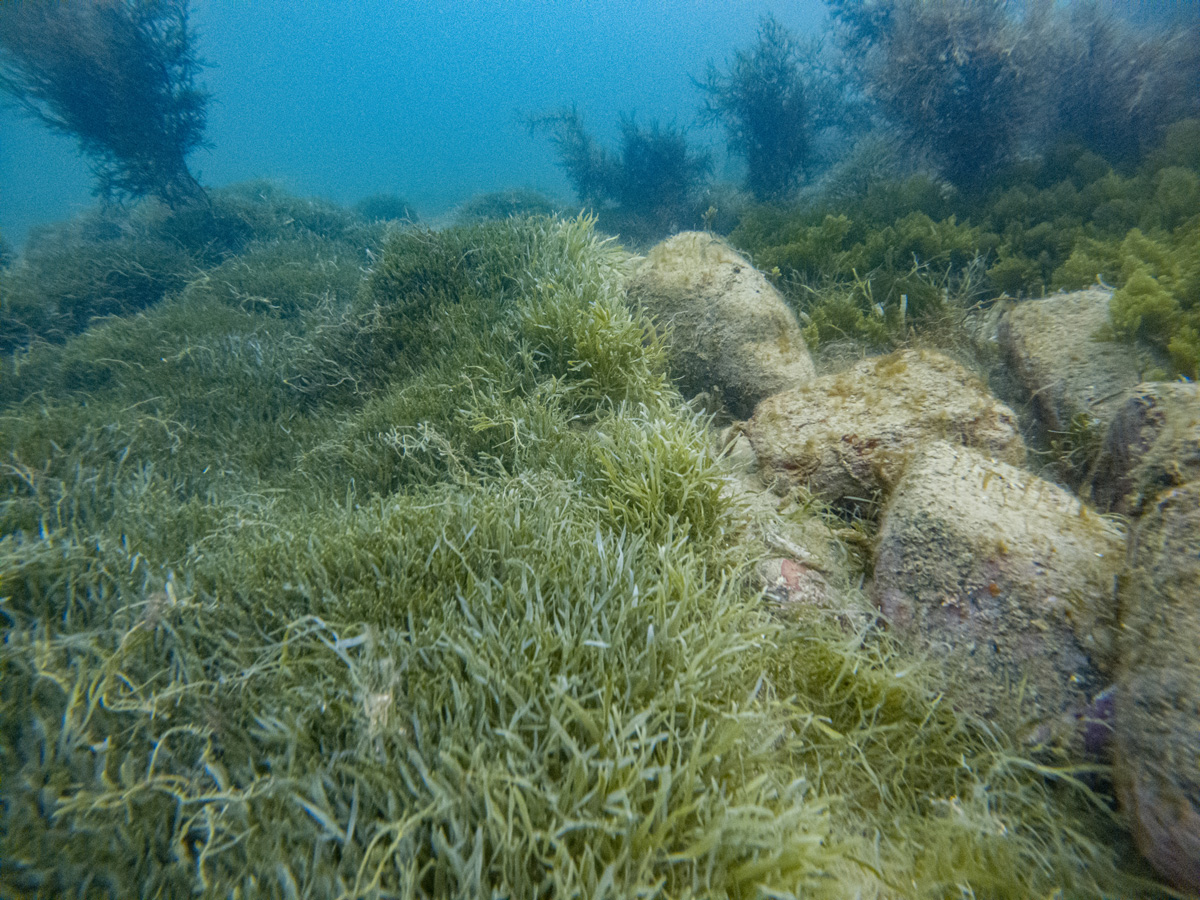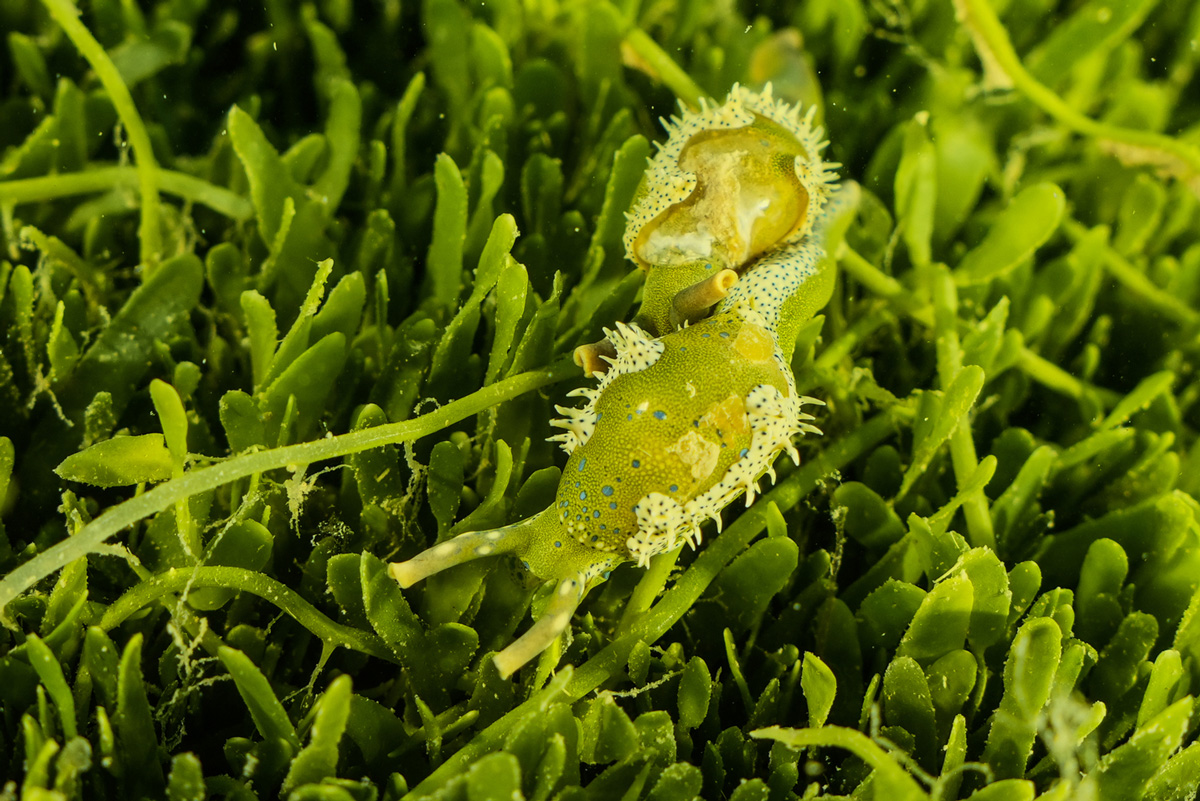The Tāmaki Estuary has been a rich source of myth, story and artworks in Tāmaki-makau-rau since human habitation first began.
Stretching 17 kilometres south from Musick Point in Bucklands Beach into the depths of Ōtāhuhu, the Estuary is an important waterway for Aucklanders and is home to nearly 400 species of flora and fauna. Numerous environmental groups and volunteers, supported by Local Boards and Council, work tirelessly to improve the ecological values of the Estuary and its environs.
To honour the mahi of the people working to restore the health of the estuary and to acknowledge the value of this important taonga, theEstuary Art & Ecology Award was first launched in 2006.
Over the past fifteen years the annual competition’s focus has never wavered. Every year artists from all over New Zealand have responded with intelligence and care to the concerns of the Estuary, highlighting its diversity and beauty and the need for all to be active in its protection. The competition has grown from strength to strength.
Uxbridge is delighted to present the 2021 Estuary Art and Ecology Awards, which is set to be the best yet!
Between 20 and 25 entries will be selected for display, Saturday 3 July, in the Malcolm Smith Gallery, Uxbridge Ars & Culture, Howick with the Awards Ceremony taking place at 2.30pm. The exhibition of finalists will continue through to Saturday 28 August.
The competition will be judged by Francis McWhannell, curator of the Fletcher Trust Collection, a major private collection of Aotearoa art founded in 1962 and also curatorial adviser to the dealer gallery Visions.
The Awards is supported and funded significantly by Howick Local Board who offer a first prize of $5000 and a second prize of $2000. Other sponsors include the Rice Family Partnership who sponsor the People’s Choice, awarded at the close of the exhibition, and Gordon Harris Art Supplies who sponsor two merit prizes. This year the Tāmaki Estuary Environmental Forum is providing sponsorship for a third prize of $1000 and a cash contribution to the merit prizes.
This being the fifteenth year, it is also planned to show some of the other entries which were not selected as finalists.
Uxbridge, along with the other sponsors, looks forward to continuing to deliver this important contemporary art prize for years to come.
Checkout previous winners below!
Event details:
What?
Uxbridge Arts & Culture: 2021 Estuary Art and Ecology Awards.
When & Where?
Award Ceremony: Saturday 3 July, 2.30PM
Exhibition of Finalists: Saturday 3 July – Saturday 28 August
Uxbridge Arts & Culture, 35 Uxbridge Road, Howick
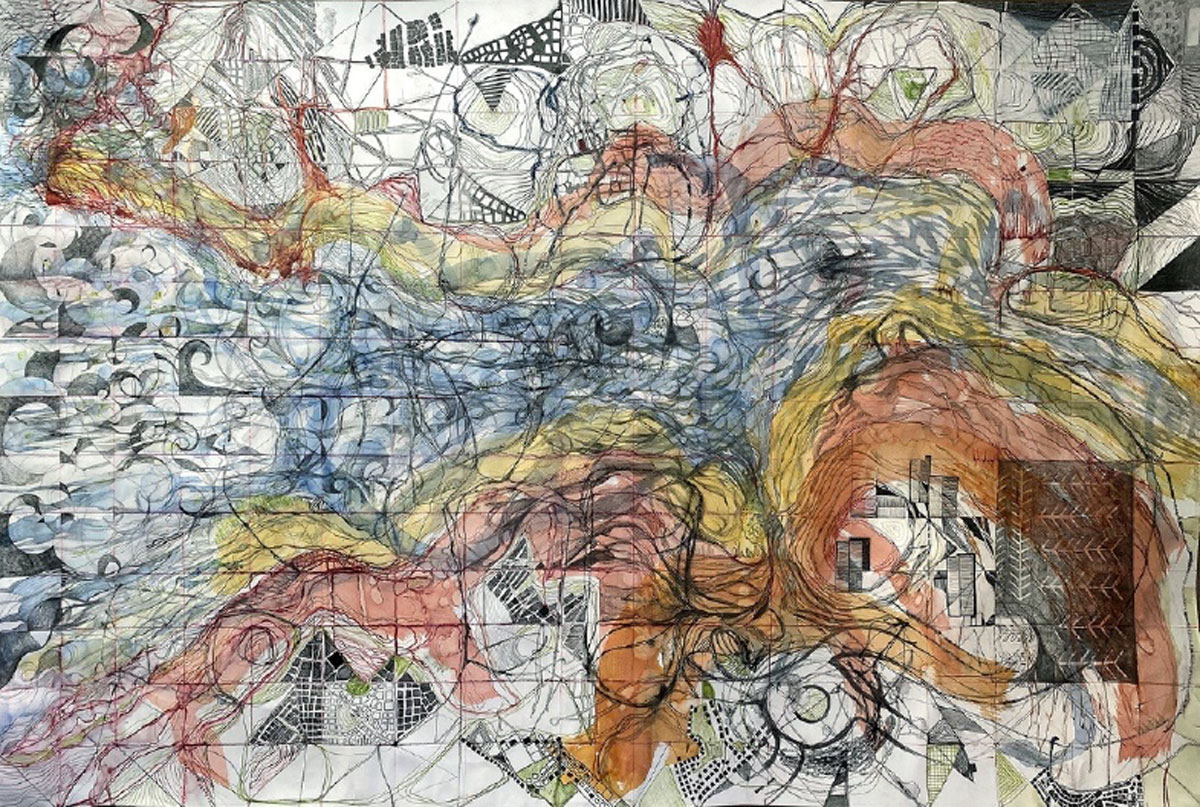
Pass the Blue Collective, Confluence
This work is the result of a creative collaboration and is a conscious response to the dilemma of the Tamaki Estuary’s past present and future. It involved conversation, negotiation, learning and mark making in equal amounts. The drawing was made over a period of two days by six artists and incorporates knowledge of place with knowledge of colonial history and the effects of human activity on the land, the water and the climate. The contributing members of this art collaborative are: Bindy Caesar, Penny Fitt, Heather Hunt, Richard Hunter, Julia Newland and Cathy Tuato’o Ross.

Kate van der Drift, First Quarter to Full Moon
First Quarter Moon to Full Moon, May, 36°55’52.9″S 174°51’54.1″E, (Tāmaki Estuary) Diptych. Two sheets of large format film were placed in a lightproof container and buried for 10 days in Tāmaki estuary sediment near Otāhuhu. Nestled between Manawa in the liminal zone between the ebb and flow of the low and high tides. A durational accretion, these images are made by the estuary through the action of water and reaction with its chemical compounds.
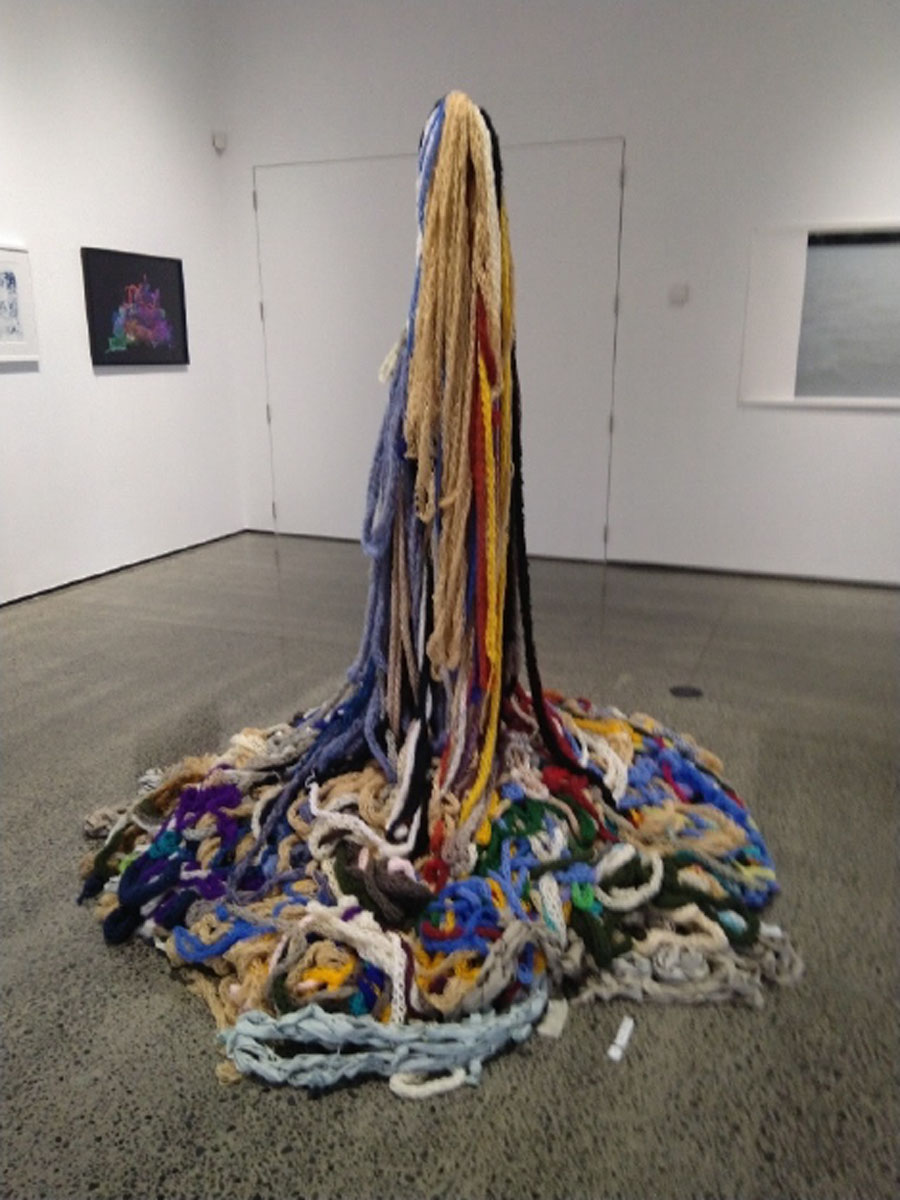
Wesley John Fourie, for Tāmaki forever
Stuck on a particular word in the brief, scale, the artist chose to create a model replica of the Tāmaki Estuary, by taking its dimensions (15.2km), and creating a work using this as its parameters. Over a period of 240 hours, the artist took 15.2km of wool, and finger knit it into a scale model of the estuary, and created this work as a shrine to the mighty body of water.

Roma Anderson, Breath Carrier
Breath carrier documents Tamaki Bay’s mangroves in their most vulnerable state, the tidal transition from sea to land. Mangroves are primarily understood as trees, their roots remaining hidden underneath canopies and murky saltwater. With the ebb tide they are exposed, revealed to be complex and expansive systems.
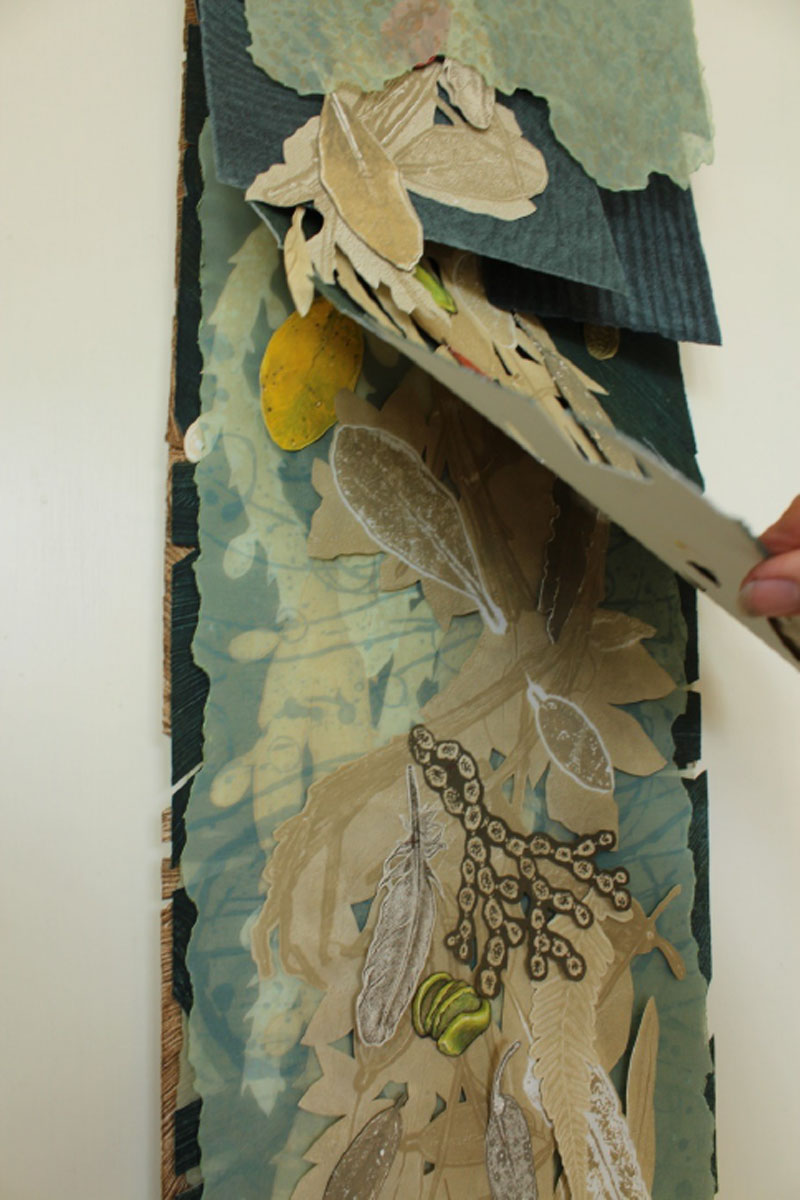
Toni Hartill, Search & Rescue
What began as an intention to create an “angry timeline”, referencing the continued degradation of the estuary despite the years that the award has been running, has morphed into an expression of hope and an invitation for engagement and discovery.

Summer, Shimizu, Hangman
The liquid in the recycled plastic bag hanging from c-stand was harvested from the middle estuary, Panmure – a location beautifully paved and with signs, car park and trekking track. When harvested the water had a strange smell and there were bubbles on the surface. This water installation is constantly changing colour due to decaying and thriving microbes. The chair has connotations of hangman. Whether we fall into one or the other, there may be common thinking about a world too rich that we would all share.

Briana Woolliams Te Wai o Taiki
Te Wai o Taiki’ is the bringing together of poetic text and textiles. Poetry offers a direct yet abstract form through which I consider the shifting ecologies of the Estuary as a response to human urbanisation, the history of the water, how those histories may be heard, condition of the water and to ask where we fit into this ecology. Here our impact on the waterways is threaded together to form ways of thinking about our responsibilities to the Estuary. In this sense, the estuary is unravelled, unthreaded and re-threaded to encourage action against its pollution.


